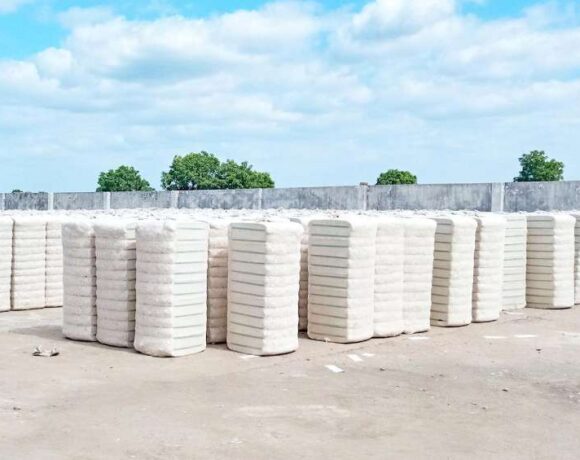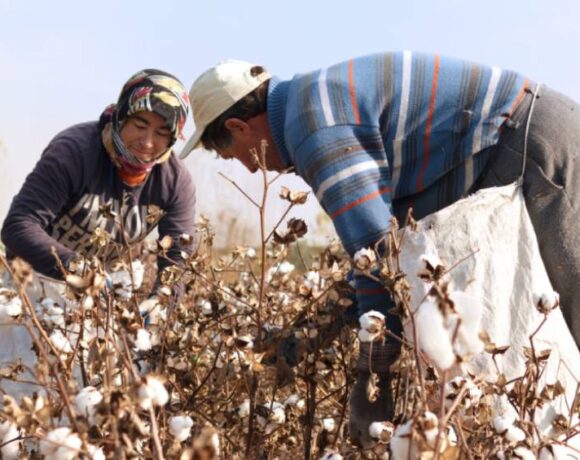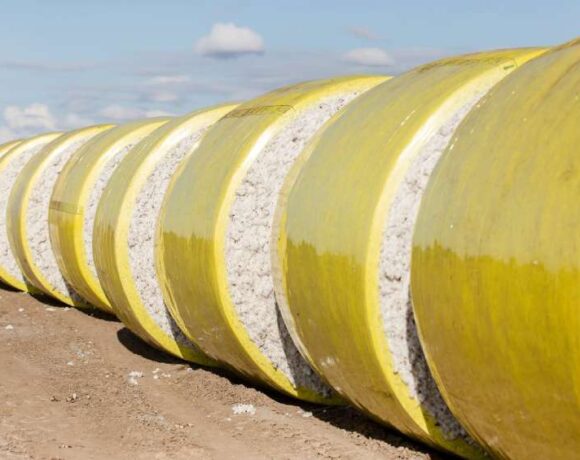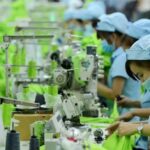Are You Selling Water At The Price Of Cotton?
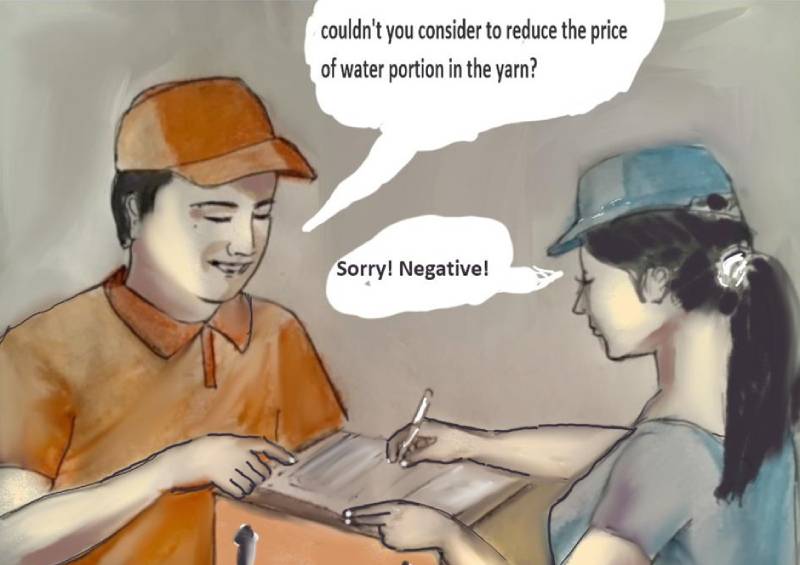
We have heard that new ideas come to us out of the blue as if from the sky.
But sometimes, ideas literally come to us through “high-level” meetings that we attend unwittingly up in the sky while we travel by plane!
It’s not unusual to bump into a person from the same industrial field at the airport and exchange information about our industry to pass the time until the boarding announcement. Sometimes, such a person sits in the seat next to us, and whether we like it or not, we end up having a conversation. These encounters are the ones where some highly classified (!) and intelligent information is exchanged. Normally you won’t get such information down on the earth.
My friend’s boss is one such beneficiary of such information because he is a frequent flyer. Whenever he returns from a trip, he brings in new ideas or information and summons a meeting with all the technicians and relevant in-charges for a discussion.
One such meeting had the topic of a yarn conditioning machine.
Below, my friend recounts the meeting in his own words:
I was just in time for the meeting. As soon as I entered the meeting hall and found my seat, our boss walked in. We all stood up to show our respect and waited for him to signal us to sit down. When everything was settled, he started with a general question, not targeting anyone in particular.
“You all have yarn conditioning machines in each of your mills. How many of you have made a profit from it?”
‘Profit?’ I was shocked and looked around to see others equally surprised. Nobody spoke. The hall was silent.
Sensing our situation, he continued. “I met my friend, the owner of another spinning mill when I travelled to Chennai by flight. He informed me that after installing the Yarn Conditioning Plant (YCP) in his mills, his sales turnover increased by 1.5% to 2%. This is because of the additional moisture absorbed by the cotton yarn. He said he could reduce the length of the cone by 1.5% to 2% and still maintain the same previous gross weight of the cone.”
Everybody was speechless. ‘Isn’t this cheating, selling water as cotton?’ I could hear someone murmuring.
Nobody could answer immediately and maintained pin-drop silence when the boss saw the Japanese technician who had been auditing our mill just outside the meeting hall. He called him in to join the meeting.
After being briefed on our discussion, the Japanese technician posed the following question.
“Yes, customers might accept paying for water at the price of cotton, but only up to a certain level. Do you know what that level is?”
This time our boss replied immediately, “I think it is 7%. That is the commercial moisture regain”.
“Yes, you are right. The moisture regain of 7% is a crucial commercial term for selling and buying cotton yarn. In Japan, we have 8% as commercial moisture regain. It represents the amount of moisture that cotton can reabsorb after being dried, expressed as a weight percentage. This property impacts yarn flexibility, strength, and overall quality.
So, according to these commercial terms, the cotton content should not be less than 92% to 93% based on moisture regain calculations. No one can add more moisture and sell it as cotton,” the Japanese technician declared.
“But the other spinner said he could do it”, our boss intervened.
The Japanese smiled and replied. “Do you know, despite the use of a good humidification system and even humidifiers, we cannot achieve 7% MR in the yarn? The high-speed spinning machines generate friction, which adds heat to the yarn. This heat not only vaporizes the yarn’s moisture content but creates variation in the moisture content along the length of the yarn. The normal moisture in ring spun cops and cone winding shall be around 3.5–4.5%.”
“Ok. But my question is….”, the boss seemed restless.
“Yeah, I know you want the answer for how that spinner you met at the airport could get profit by gaining in the weight of the cones after using YCP, right? Due to the high variation of moisture content in the yarn for the reasons mentioned above, the spinner might have set more length per cone to avoid, by any chance, the length shortage problem at warping. The YCP adds 1.5% to 2% moisture to the yarn uniformly to all the yarn layers of the cone. So, after the installation of YCP, your friend-spinner might have some control over the setting of yarn length at winding. But I am sure that gain should be much less and not the value your friend declared”
To our relief, my boss now seemed somewhat convinced. “Then, what are the other benefits of using YCP?” he asked.
“From our experience, yarn conditioning is used to improve the physical properties of yarn, especially cotton yarn. It aims to enhance yarn strength, serviceability, lustre and handle. Proper yarn conditioning ensures consistent yarn quality and performance in weaving and knitting. Even distribution of moisture throughout the yarn package is crucial for quality, which the YCP ensures.”
And just like that, our meeting ended—with a newfound appreciation for the science behind yarn conditioning. As we left the hall, I wondered how many other secrets floated around at 30,000 feet.
(Article by Murugan Santhanam is the Managing Director of Texdoc Online Solution Pvt. Ltd.)


